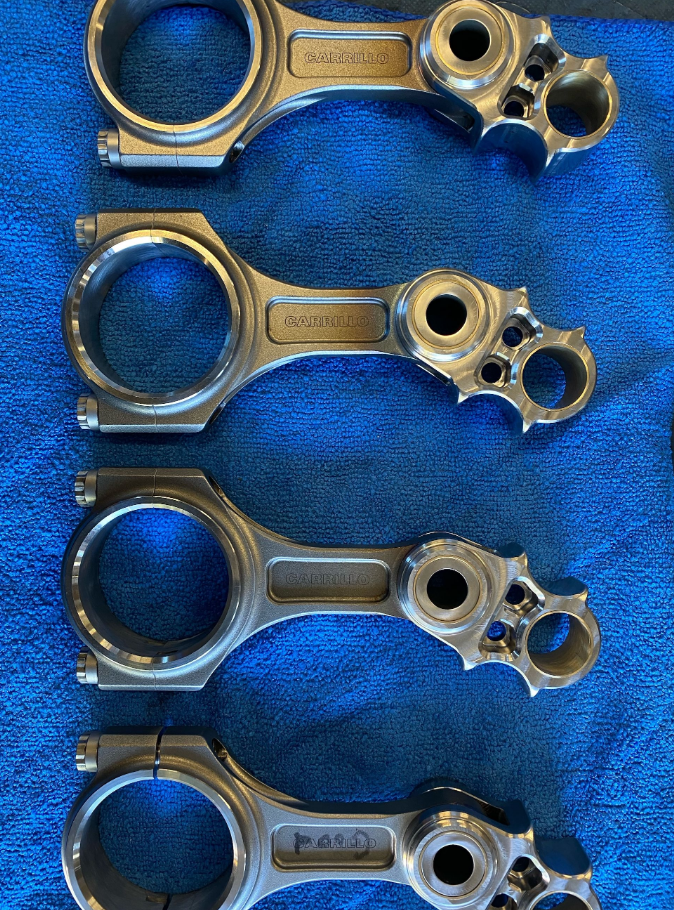Connecting rods typically face towards the camshaft in an engine. The broader side, often marked by a chamfer or notch, is designed to face the crankshaft throws, ensuring the correct orientation to prevent interference and damage to the other engine components.

Exploring the Role of the Connecting Rod
The connecting rod, or conrod, is an integral part of the internal combustion engine. It plays a vital role in converting the linear motion of the pistons into the rotational motion of the crankshaft, driving the vehicle forward.
Connecting rods are commonly made of steel or aluminum for their strength and weight properties. A connecting rod’s strength and durability are critical because they must withstand high levels of force and temperature.
Understanding the Orientation of Connecting Rods
While installing connecting rods, their orientation is critical to ensure the smooth operation of the engine. Generally, the larger end, known as the big end, connects to the crankshaft, while the smaller end, or the small end, connects to the piston.
The big end of the connecting rod often has a chamfer or a notch that faces the crankshaft throws or the larger sections of the crankshaft where the connecting rods attach. This orientation prevents potential interference with other engine components, like the counterweights on the crankshaft or the adjacent rod throws.
| Component | Role |
|---|---|
| Pistons | Transfers force from expanding gas in the cylinder to the crankshaft via the connecting rod |
| Connecting Rods | Converts the linear motion of the pistons into rotational motion |
| Crankshaft | Transforms the linear motion into rotational motion to power the vehicle |
The Importance of Correct Installation
The importance of correctly installing and orienting connecting rods cannot be overstated. Incorrect placement can result in increased wear and tear, reduced efficiency, and, in the worst case, significant engine damage.
Mechanics should always double-check the rod and cap orientation before final installation, and it is advisable to follow the engine manufacturer’s guidelines. Common signs of incorrectly installed connecting rods include unusual engine noise, decreased engine performance, and increased oil consumption.
In Conclusion
The connecting rods in an engine typically face the camshaft, with specific marks or chamfers indicating the correct orientation. The role of these rods in converting linear to rotational motion is vital to the engine’s functionality. Therefore, correct installation and regular inspection for wear and tear are essential for efficient engine performance.
